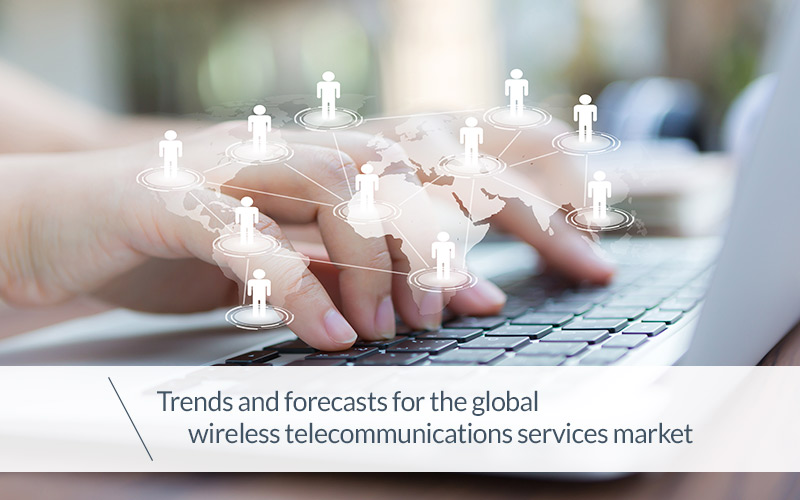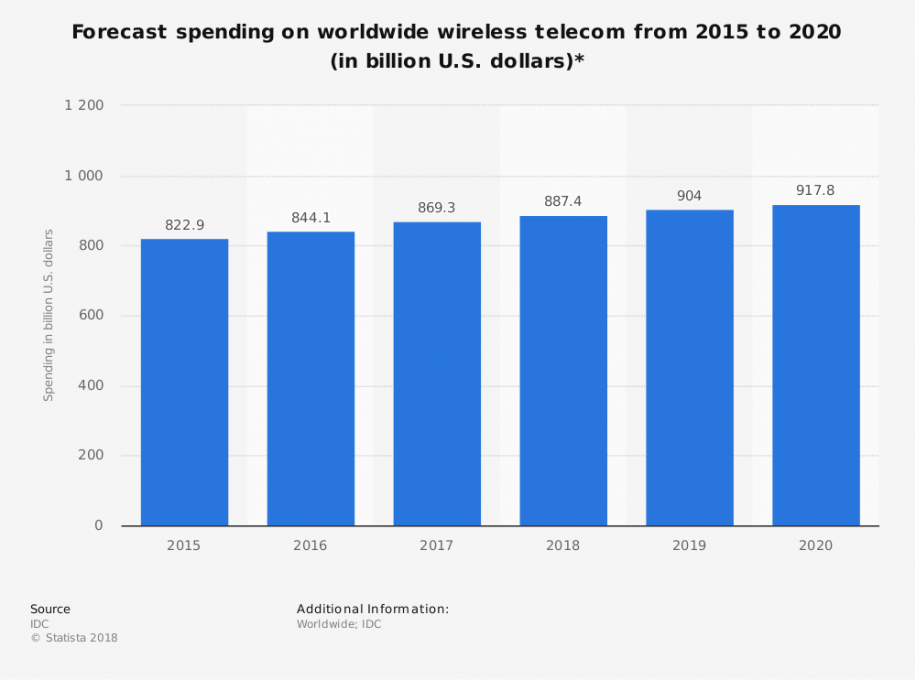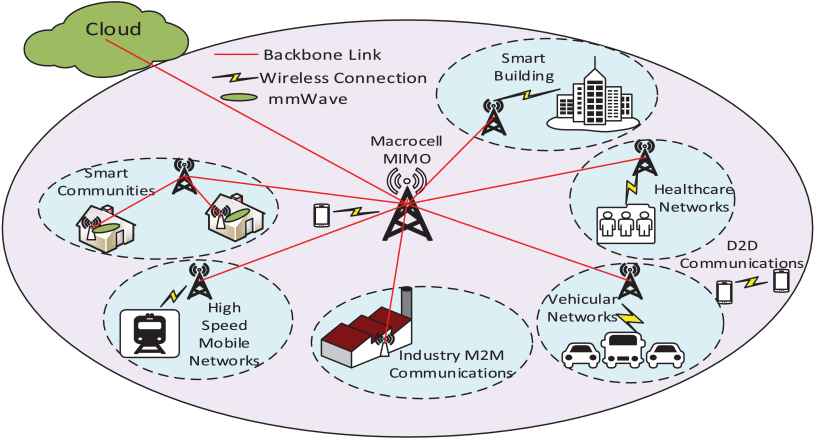
Performance in the world wireless communications services industry largely depends on growth in the individual nation states within which businesses operate.
Country growth both regards the economy and gross domestic product, carries with it an increase in investments in those very areas. Thus demand for wireless telecommunications services increases, and a fall in prices is direct result.
2018, for many people who are operators and analysts in that sector, is a year of practically invisible development. That doesn’t mean that actual growth is forecast, but that investment in internal operations and hardware and software is definitely happening.
The near future of the wireless telecommunications sector will present difficult to face challenges, regarding not only infrastructures, but also cross-industrial development.
Spending forecasts for wireless telecommunication across the globe by 2020

These statistics show the spending forecast for wireless telecommunications across the globe from 2015 to 2020.
It’s obvious that total spending for wireless communications is rising on a global level; and that has been happening for a few years now. Global spending should reach 917.8 billion dollars by 2020.
Optimistic forecasts maybe, but we are presuming huge commitment by the sectorial key players.
New opportunities in emerging sectors
This growth should concern, at least in part, the increasingly key role played by the development of the 5G network, and also of IoT, as Deloitte reminds us in his report “2018 Telecommunications Industry Outlook”.
Telecommunications suppliers need to be increasingly aware of alternative and important developments in emerging sectors.
Opportunities for development in the wireless telecommunications sector, including the mobile market, should be identified in light of integration with other sectors. For example, the health sector and electronic payments, auto-piloted cars, virtual reality, artificial intelligence and machine learning, new smartphones and wearables.
5G and data protection
We have already explained just how complex the 5G challenge is, and not only from an infrastructure point of view. Over and above all these difficulties we need to add the age-old question of data privacy.
The diverse 5G technologies - for example the Internet of Things - increases the possibility of potential external attacks on network safety, meaning the development of new requisites.

To find out more on this topic we suggest reading this article: “Security for 5G Mobile Wireless Networks”. It was written by University of Nebraska–Lincoln and Utah State University researchers, and is the source of the infographic above, which demonstrates the complexity of the 5G network.



